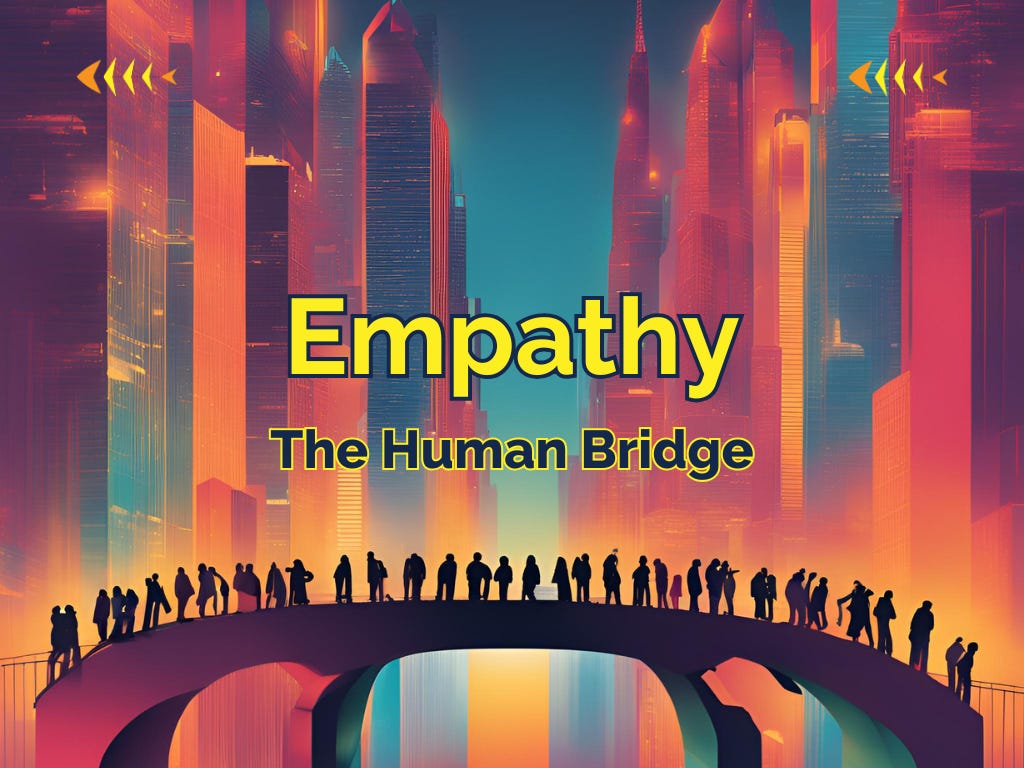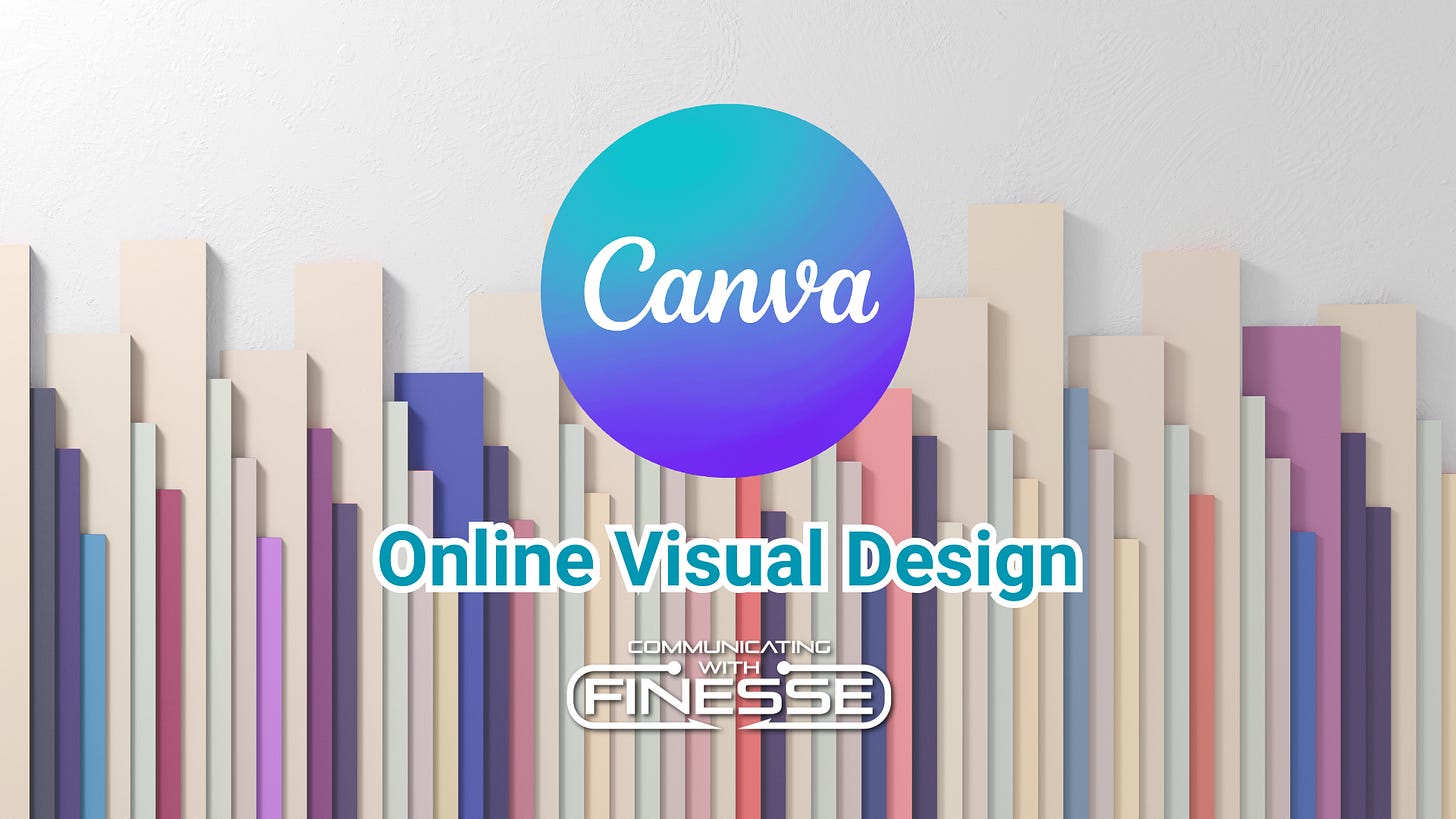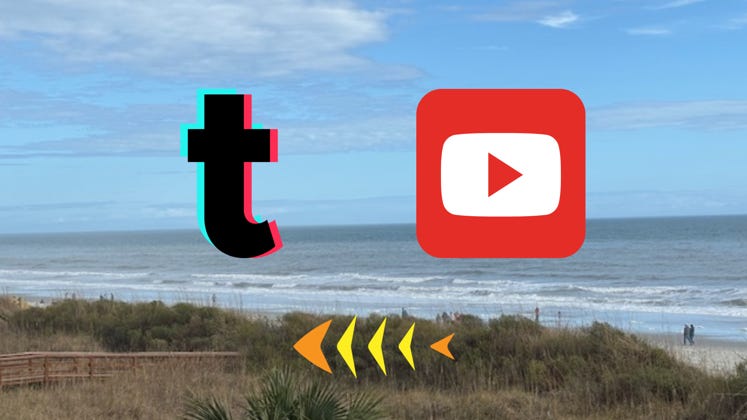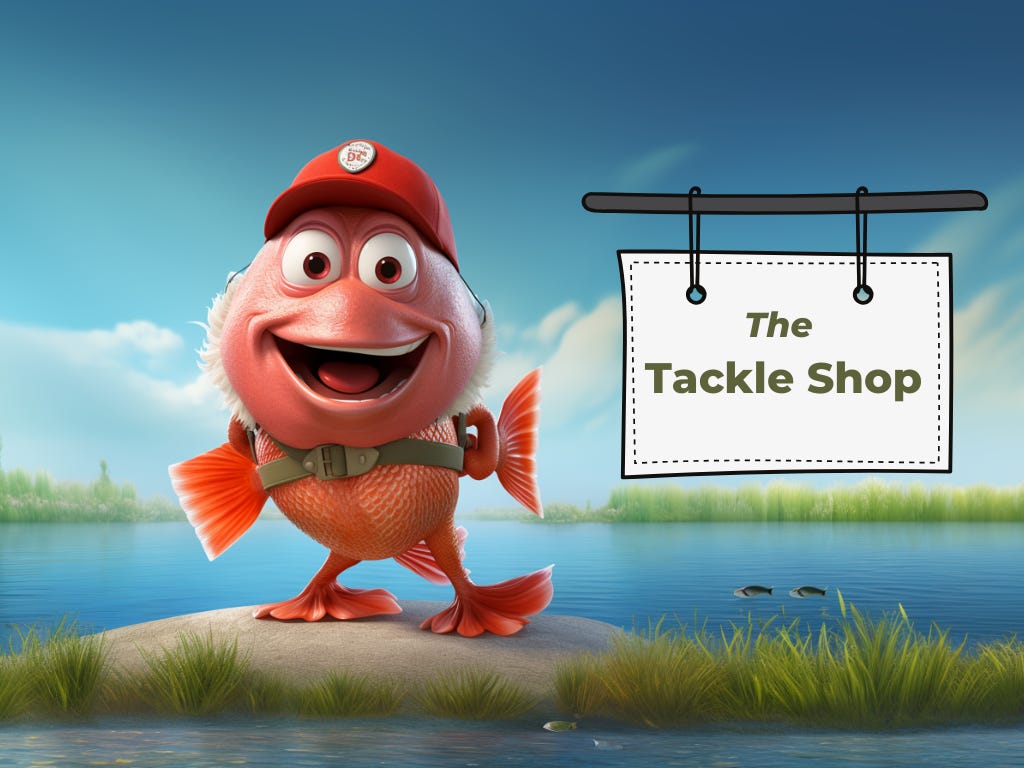How Empathy Transforms Technical Communication into Effective Communication
The first E in the FINESSE fishbone diagram stands for Empathy.

Empathy is about making someone feel genuinely understood and supported. It’s a natural ability and a learned skill that’s especially critical when dealing with decision-makers, colleagues, or anyone making high-stakes choices. Your ability to empathize makes the difference in effective communication and collaboration.
What Is Empathy?
Empathy comes from the Greek word empathēia, meaning "in feeling." It's about placing yourself in someone else's shoes and experiencing their emotions as if they were your own. However, it's not to be confused with sympathy. While sympathy means sharing someone's feelings, empathy requires imagining those feelings even if you haven't experienced them personally. In short, empathy is feeling with, not feeling for.
The Blockers to Empathetic Listening
Listening is hard, especially when explaining complex information, feeling the pressure of a high-stakes presentation, or facilitating a team of diverse technical experts. Yet listening is the foundation of empathy.
Here are seven common blockers to watch out for:
Mind Reading: Assuming you already know what someone is thinking.
Rehearsing: Planning your response while they’re still talking.
Filtering: Only hearing what aligns with your viewpoint.
Daydreaming: Letting your mind wander elsewhere.
Advising: Jumping in with solutions before fully understanding.
Judging: Critiquing or analyzing instead of being present.
Condescending: Acting as if your perspective is more important.
To communicate empathy effectively, you’ve got to leave these habits at the door. Instead, clear your mind, focus entirely on your audience, and make their thoughts and emotions paramount without judgment.
Seven Blockers to Empathetic Listening and Better Presentations
Preparation Is Key
Before engaging with someone in a personal conversation or a high-stakes meeting, take a moment to reflect on these questions:
How are you feeling right now, and how might that influence your response?
What emotions might the other person be experiencing?
What’s the ultimate goal of this interaction?
Keeping these in mind will help you stay calm, focused, and intentional. Remember, empathy is about making the other person feel seen and heard, so keeping your emotions in check is crucial.
The Decision Maker's Perspective
Empathy has an added layer of complexity when dealing with decision makers. They're often making multiple high-stakes decisions simultaneously, under pressure, and with lots of uncertainty. Keep these points in mind to empathetically communicate with them.
1. It’s not about you
No matter how simple or logical a decision seems to you, it may feel overwhelming or risky to them.
2. Get to the point
Decision makers are busy. Skip the long preamble and lead with your key points.
3. Understand your role
Know why you’re in the room and stick to your purpose. Share your insights clearly and concisely, and know when it’s time to step back.
Empathetic Listening in Action
One scenario we use in communication training is presenting a new strategy to a hesitant Chief Operations Officer. Instead of pushing harder or explaining louder, try some of these techniques.
1. Acknowledge their feelings
Example - “Based on our experience, it’s not uncommon that this decision might feel risky given the current uncertainty.”
2. Reflect their concerns
Example - “It sounds like budget (or timing) is the big factor.”
3. Offer support
Example - “Let’s explore the range of options we considered and see if our logic matches each other.”
The techniques vary depending on the context, but the end goal is to make each person feel understood. In turn, you build rapport (trust and respect), which makes everyone more likely to open up, collaborate, and take your insights seriously.
One Question Creates Empathy and Improves Business Presentations
When Empathy Meets Action
Empathy isn’t just about feelings. It's about outcomes. By showing you understand someone's perspective, you can:
Reduce resistance to new ideas.
Build stronger, more productive relationships.
Improve collaboration and problem-solving.
But beware of the common pitfalls. Overloading someone with information, appearing insincere, or dominating the conversation will only undermine your efforts. Instead, keep your communication aligned with what the data tells you, concise, and focused on treating them the way you want to be treated when the stakes are high.
Empathy is the first E in FINESSE
Empathy requires effort, self-awareness, and practice. Start by being fully present in conversations, preparing thoughtfully, and prioritizing the other person’s perspective. Remember, empathy is about making someone feel genuinely understood and supported. Your ability to empathize makes the difference in effective communication and collaboration.
The next time you're in a high-stakes conversation, ask yourself: Am I making them feel understood? If yes, you're already on the path to effective, empathetic communication.
Weekly Communication Tip
Discover the Power of Canva for Stunning Visual Designs
Canva stands out as the market leader in online design tools. Alternatives like Adobe Express, Visme, and VistaCreate offer similar features at comparable prices (under $150 per year). Canva's intuitive interface and robust features give it the edge. Communicate with FINESSE!
See more at the link in the title.
TikTok and YouTube Channels
Please subscribe to either the CWF TikTok or YouTube channels.
Visit the CWF Tackle Shop for Communication & Facilitation Resources
The Tackle Shop contains resources to help technical professionals become better communicators and facilitators.
Visit the Tackle Shop.





